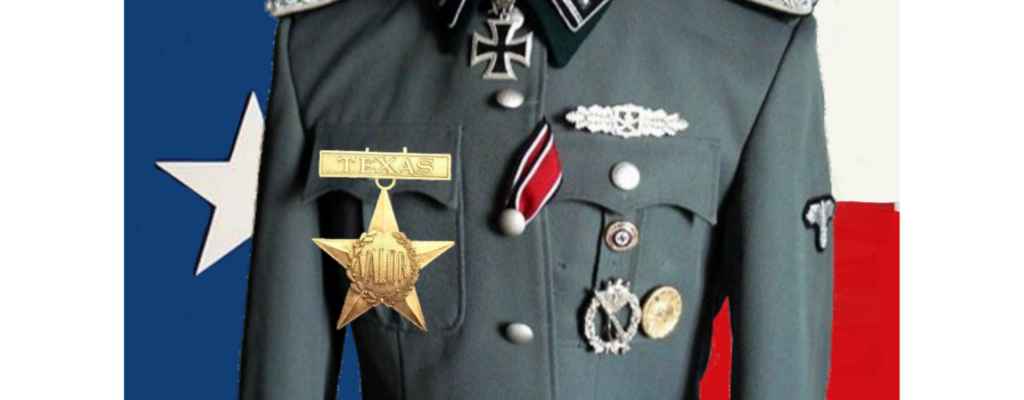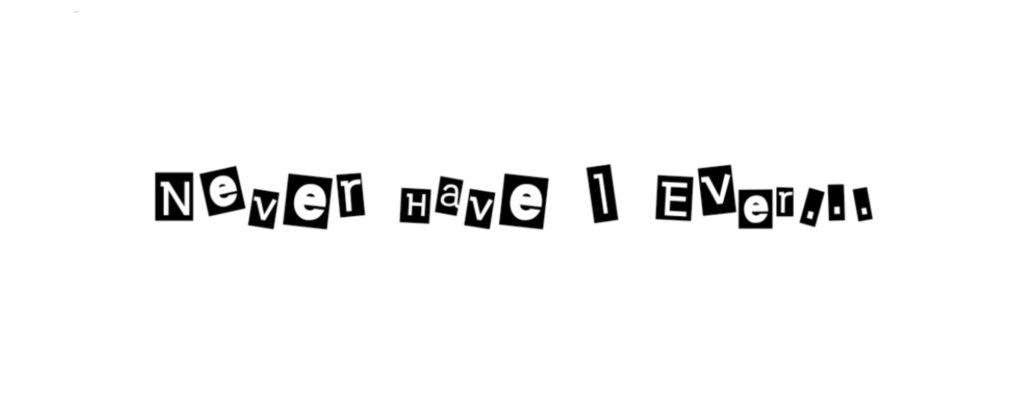Like a tennis ball launcher gone amok in an enclosed space, the barrage of challenges to our everyday lives can be annoying at the very least. How many days has it been since I didn’t take a direct hit to the senses? It was just two days ago, actually, that I again uttered “what the hell is going on?”
The state of Texas never disappoints. A few weeks ago the Lone Star State decided to strip women of owning control of their own bodies while legislating against any abortion for any reason after the first six weeks of pregnancy—a time during which most women don’t even know they’re pregnant.
All of this is being done in the name of saving the lives of babies without offering any remedy to the needs of said babies. (If it’s about rescuing children, Texans have to look no further than their own southern border.)
Banning abortion has been a rallying cry for Republicans since the landmark Roe v. Wade Supreme Court decision in 1973. That case did less to allow abortions than it did to end dangerous abortions.
Elsewhere in Texas, in a town called Southlake, a school official has informed teachers that if they have any books in the classroom about the Holocaust they must also teach “other perspectives.”
Gina Peddy, the executive director of curriculum and instruction for the Carroll Independent School District, said in a training session addressing the concepts of HB 3979: “And make sure that if you have a book on the Holocaust, that you have one that has an opposing [view], that has other perspectives,” she told teachers.
I didn’t know there was another “perspective.”
Except for the rather disturbingly uninformed Holocaust “deniers,” none of whom would seem capable of writing a book, there seems to be no plausible suggestions of “opposing” views or differing perspectives. The Holocaust is well-documented. A differing perspective is merely an endorsement of the policies of Adolph Hitler and Nazi Germany.
But the reach of the Texas ordinance is far beyond the Holocaust; it extends to the teaching of racism in the public schools. There is a lot of confusion and no shortage of fear of reprisals for trying to teach important historical subjects to curious little minds.
“Teachers are literally afraid that we’re going to be punished for having books in our classes,” one elementary school teacher told NBC News. “There are no children’s books that show the ‘opposing perspective’ of the Holocaust or the ‘opposing perspective’ of slavery. Are we supposed to get rid of all of the books on those subjects?”
Conservatives across the nation have been attacking and threatening school boards over the nearly non-existent teaching of Critical Race Theory (CRT), and are demanding all teaching about racism end.
For good measure, new debates about which books should be allowed in the public schools, the arguments extend to LGBTQ issues as well. The efforts are to block new diversity and inclusion programs at Carroll, one of the top-ranked school districts in Texas. One can only imagine how horrible other districts might be.
Under Texas law, which eliminates the requirement of teaching “the history of Native Americans” as are also the requirements to teach about the writing of the founding “mothers and other founding persons” except founding fathers. It also eliminates from the curriculum Martin Luther King Jr.’s “Letter from a Birmingham Jail,” and the “I Have a Dream” speech, along with pages of other important historical documents.
Turning to Tennessee…
It is a violation of a newly enacted Tennessee “education” law to teach the same history in K-12 schools as that offered at the college level.
This past spring, Governor Bill Lee signed into law the anti-“Critical Race Theory” (CRT) Law. Prior to the appearance of a flurry of anti-CRT bills in more than two dozen states this past spring, few Americans had ever heard of CRT, and outside of law schools, it’s rarely taught, and not taught at all in K-12.
In Tennessee, the new law first makes it illegal for any public K-12 school to teach that one race is inherently superior to another; that people are inherently privileged or racist is determined by race or sex.
While it’s admirable that should Tennessee is finally outlawing the teaching of racial superiority in any form, that legislation should have been passed at least 60 years ago, when it would have meant something.
Public schools in Tennessee were segregated right into the 1960s. Whites in Tennessee openly and proudly characterized themselves as superior—even as they characterized Black people as lacking in morality, and as being lazy, irresponsible, criminal, over-sexed, and intellectually inferior.
Long after slavery and segregation’s overt white supremacy has been closeted, only now does the Tennessee legislature decide it must condemn the teaching of racial superiority.
This legislation’s real intent is not to prevent the state’s public schools from “teaching” the superiority of one race over another since no one is doing that. The real objective is to prevent educators from discussing nearly four centuries of white domination over Black people.
The legislature tries to cover this up by saying that its new law does not prohibit the “impartial discussion of controversial aspects of history” or “on the historical oppression of a particular group of people based on race, ethnicity, class.”
As relates to the Holocaust, what is an impartial discussion of Black history? Are there two sides, like the side of the slaves and the side of their loving masters? Or what about the side of the 5,000 and more lynched African Americans and the side of the noble defenders of white women’s purity?
But even here, a teacher dedicated to getting out the truth of this country’s history wouldn’t be safe. The law also enjoins educators from offering lessons in which an “individual should feel discomfort, guilt, anguish, or another form of psychological distress solely because of the individual’s race or sex.”
I always thought that those stressers were part of becoming educated. To Kill a Mockingbird wasn’t supposed to make the reader feel good; it was supposed to make one writhe.
Simply telling the truth of what happened should cause a certain amount of distress.
The anti-CRT laws being fostered in many states are desperately attempting to cut off this discussion.
Conservative leaders in more than half the states in the Union have deliberately raised a furor over the little-known doctrine of Critical Race Theory only because they fear honestly naming their real target: teaching Black History.
You cannot teach Black History–the history of this country from the perspective of Black people–without calling into question everything we know about ourselves and about our nation.
Photo illustration by Courtney A. Liska
Beef Goulash
Baby, it’s cold outside. Here’s one of my family’s favorite wintertime comfort foods. The fresh lemon juice adds a bright finish to this Hungarian dish.
2 tsp. unsalted butter
2 medium onions, peeled and thinly sliced
2 Tbs. sweet Hungarian paprika
1 tsp. caraway seeds
1 pound beef stewing meat, trimmed and cut into 1-inch cubes
¼ cup all-purpose flour
2 cups beef broth
1 Tbs. fresh lemon juice
2 teaspoons salt, plus more to taste
¼ teaspoon freshly ground pepper
Preparation
Melt the butter in a large pot over medium heat. Add the onions and cook, stirring frequently, until wilted, about 10 minutes. Stir in the paprika and caraway seeds and cook 1 minute more. In a bowl, toss the beef with the flour to coat well. Add the beef to the onion mixture. Cook, stirring, for 2 minutes.
Add 1/2 cup of the broth, stirring and scraping the bottom of the pot. Gradually stir in the remaining broth. Bring to a boil, then reduce to a slow simmer. Cover and cook until the beef is tender, about 1 1/2 hours. Stir in the lemon juice, salt and pepper to taste. Serve over wide egg noodles or spaetzle.









